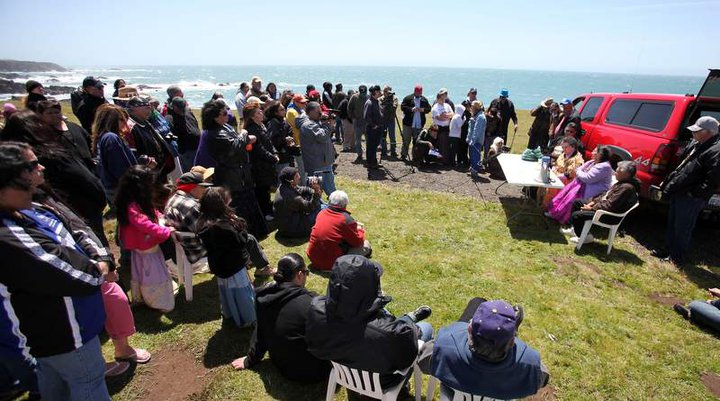We're open daily! View holiday hours
Science News
Protected Areas, Part 2: CA
July 16, 2010

This is the second installment of our two-part feature exploring marine protected area designation and the impacts on indigenous peoples in Canada and California. Today we will feature California’s Marine Life Protection Act (MLPA) and what the proposed network of protected areas will mean for coastal indigenous communities.
In 1999, the state of California enacted the Marine Life Protection Act (MLPA), which directed the reevaluation and redesign of all existing state marine protected areas (MPAs) to function as a network. According to the California Department of Fish and Game, “when designed and managed effectively, MPAs can help to preserve biological diversity, protect habitats (both healthy and degraded), aid in the recovery of depleted fisheries, and promote recreational, scientific, and educational opportunities.” In an ideal world, they would maintain the balance between human use and conservation.
The MLPA Initiative is a public-private collaborative effort of scientists, resource managers, stakeholders and members of the public designing and implementing the MPAs along California's coast. This process has been open and transparent to ensure that all views are heard.
There is room for improvement, though. Earlier this year, members of the Kashia tribe of Pomo Indians gathered at a final, historic ceremony before the closure of their traditional gathering grounds at Stewarts Point in Sonoma County. This area is now designated as Stewarts Point State Marine Reserve OR Stewarts Point State Marine Reserve and the indigenous group was effectively banned from subsistence and ceremonial gathering which they have performed for centuries.
The tribe responded by drafting a proposed amendment to the recently designated Stewarts Point Marine Reserve, which would allow gathering activities on part of the reserve. The California Fish and Game Commission voted unanimously in favor of the proposal in late June deciding to designate the area as the Danaga State Marine Conservation Area.
Dan Bacher from the San Francisco Independent Media Center wrote this about the historic agreement:
This is the first time that tribal fishing and gathering rights have been formally recognized in the creation of a MPA under the MLPA Initiative – and the first time that an already adopted marine reserve has been amended to allow for tribal subsistence and ceremonial use.
There’s still some way to go before all stakeholders understand one another and the marine systems they depend upon, but the efforts of Canada and California to include indigenous peoples in the planning process are a step in the right direction.